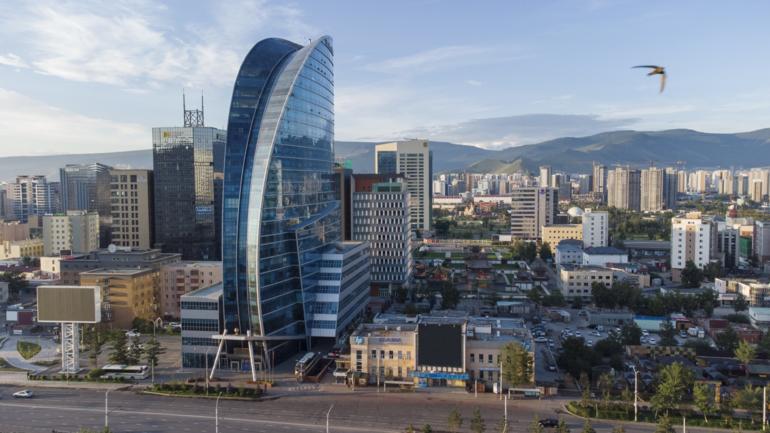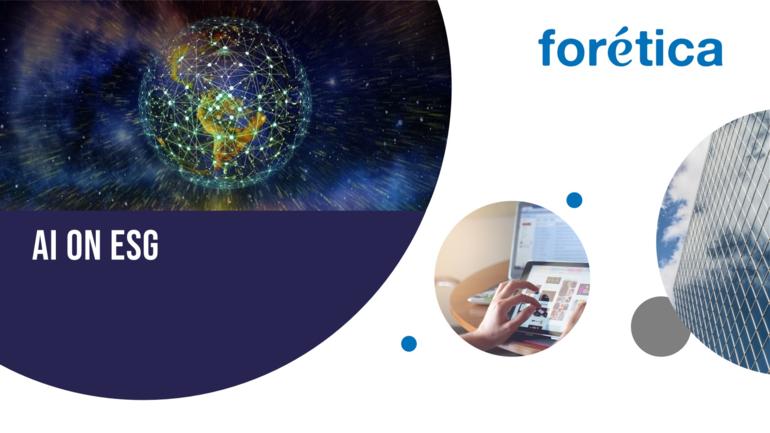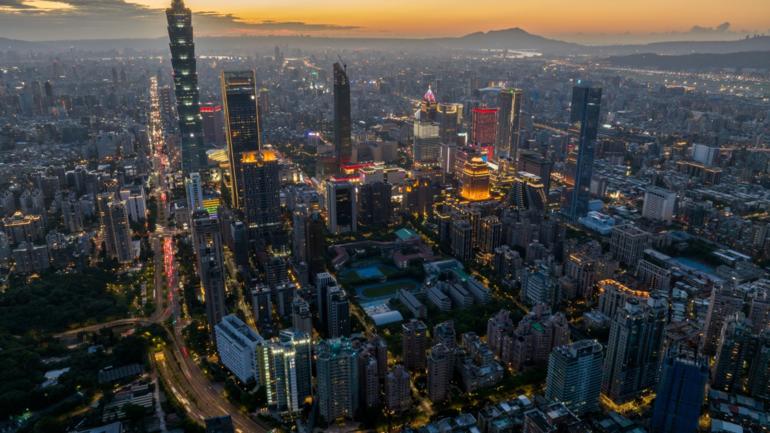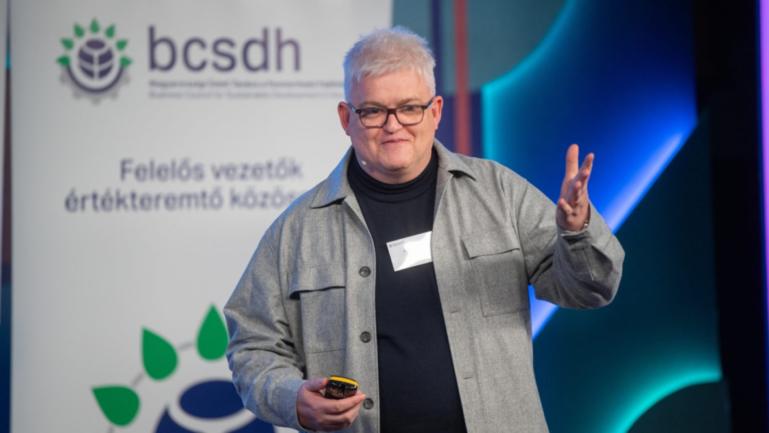Geneva, 11 March 2019: UN Environment, the World Business Council for Sustainable Development (WBCSD) and Futerra have today released translations of the Good Life Goals into six languages – Brazilian Portuguese, Chinese, French, German, Japanese and Spanish.
Simple, positive, and engaging by design, the Good Life Goals detail the things that people can do to have tangible impact on the Sustainable Development Goals (SDGs). For each of the 17 SDGs, the Good Life Goals offer personal actions relevant to low, medium and high-income lifestyles.
The translations are being made available to coincide with the fourth UN Environment Assembly in Nairobi, Kenya at which the Good Life Goals are featured. WBCSD and UN Environment were supported by WBCSD’s Global Network partners in Brazil (CEBDS), Colombia (CECODES) and France (Entreprises pour l’Environnement – EpE).
From a business perspective, the Good Life Goals stand to provide companies with valuable insight into the ways the SDGs link to the actions, activities and lifestyles of their customers. This understanding can help brands more effectively engage with people around the behaviors that are connected to their products and services, driving positive action in support of the SDGs.
The Good Life Goals can also be leveraged to channel new product development in support of the SDGs. Exploring the linkages between people's day-to-day lives and the SDGs will help businesses to identify innovation opportunities capable of offering better and more sustainable lifestyles.
Finally, the Goals provide companies with a simple tool that they can use to enhance awareness of the SDGs among their own staff and promote a corporate culture that is aligned with the 2030 agenda.
Julian Hill-Landolt, Director of Sustainable Lifestyles at WBCSD, said: “Companies are aligning their strategies to the SDGs but there isn’t always a clear way to engage employees and customers in the conversation. The Good Life Goals can help companies understand how their products and services are linked with the 17 SDGs, which in turn allows them to connect with, engage and even inspire their communities into action in support of the goals. These translations give us the opportunity to start conversations with over 3.5 billion people in their own languages on the individual actions that can support the achievement of the SDGs.”
Marina Grossi, President of CEBDS in Brazil, said: "We saw in The Good Life Goals an excellent opportunity to engage and raise awareness of the SDGs with the public, most notably around the role they can play in applying the goals into everyday life. We have developed a social network campaign called #VidaQueQueremos ("Life That We Want") which is an invitation for our followers to send us pictures of how they are applying the SDGs in their daily lives over the course of 17 weeks. I'm sure the campaign can make people think about how to contribute to a better world."
According to Jaime Moncada Bernal, Director of Natural Capital at CECODES in Colombia: “The Good Life Goals enable companies to communicate with their key stakeholders on the SDGs agenda in a simple and easily understandable language. This helps companies in engaging their employees and communities where they operate, thereby galvanizing action in support of the SDGs.”
For her part, Claire Tutenuit, General Manager at EpE, Entreprises pour l’Environnement, said: “Our current work on carbon neutrality confirms the importance of consumer behavior for any change at scale. The Good Life Goals will no doubt ease the understanding of the required changes. We were happy to collaborate on the translation and have them published into French.”
The Good Life Goals, originally launched in September 2018, were shaped through a multi-stakeholder collaboration between Futerra, the 10YFP Sustainable Lifestyles and Education Programme, co-led by the governments of Sweden and Japan represented by the Stockholm Environment Institute (SEI) and the Institute for Global Environmental Strategies (IGES), as well as UNESCO, UN Environment and WBCSD. A rich set of resources, including instruction manual, social media kit, inspirational videos and engaging animations are all available from WBCSD’s SDGhub.







